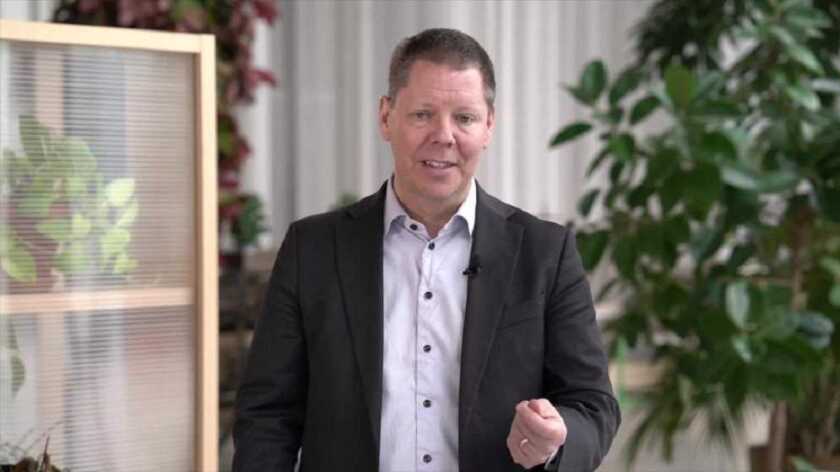Ericsson’s new Packet Core Firewall, part of the Ericsson 5G platform, is aimed at enabling CSPs to pursue those opportunities not only through the best packet core network security capabilities in the most cost-effective way.
“Securing service availability in 5G requires a holistic view beyond dedicated security solutions. We are now launching the Ericsson Packet Core Firewall seamlessly integrated into our Packet Core Gateway,” said Folke Anger (pictured), head of packet core solutions at Ericsson.
“This will provide our customers with substantial total cost of ownership improvements while ensuring their 5G services to the edge.”
Powered by A10 Networks’ security technology, the Ericsson Packet Core Firewall solution is already integrated into Ericsson Packet Core Gateway in Ericsson’s dual mode 5G Core offering. The solution also supports end-to-end network slicing and edge computing.
“Mobile operators are transitioning to more cloud native and distributed architectures to support 5G. This increases the critical need for security and network availability,” added Dhrupad Trivedi, CEO and board chair at A10 Networks.
“A10 is excited to expand our partnership with Ericsson to enable current and emerging 5G use cases. The Ericsson Packet Core Firewall powered by A10 Networks is ready for cloud native deployments and addresses the evolving business needs for operators.”
In addition, the offering is optimised to scale with user plane to the edge of the network to support secure core network 5G use cases. It also delivers more than 50% total cost of ownership reduction over dedicated user plane security solutions, while maintaining 5G latency.
This is enabled through a single CNF (Cloud Native Network Function) solution with simplified maintenance and orchestration.
“Telecom operators need to think differently about how they implement security with a 5G Core. Ericsson’s Packet Core Gateway together with Packet Core Firewall integrates user plane and security functions in a single Cloud native Network Function (CNF),” added Patrick Donegan, founder and principal analyst at HardenStance.
“This allows significant TCO savings and is well optimised for edge use cases. It also enables automated, closed-loop, threat mitigation independent of transport equipment vendor.”






